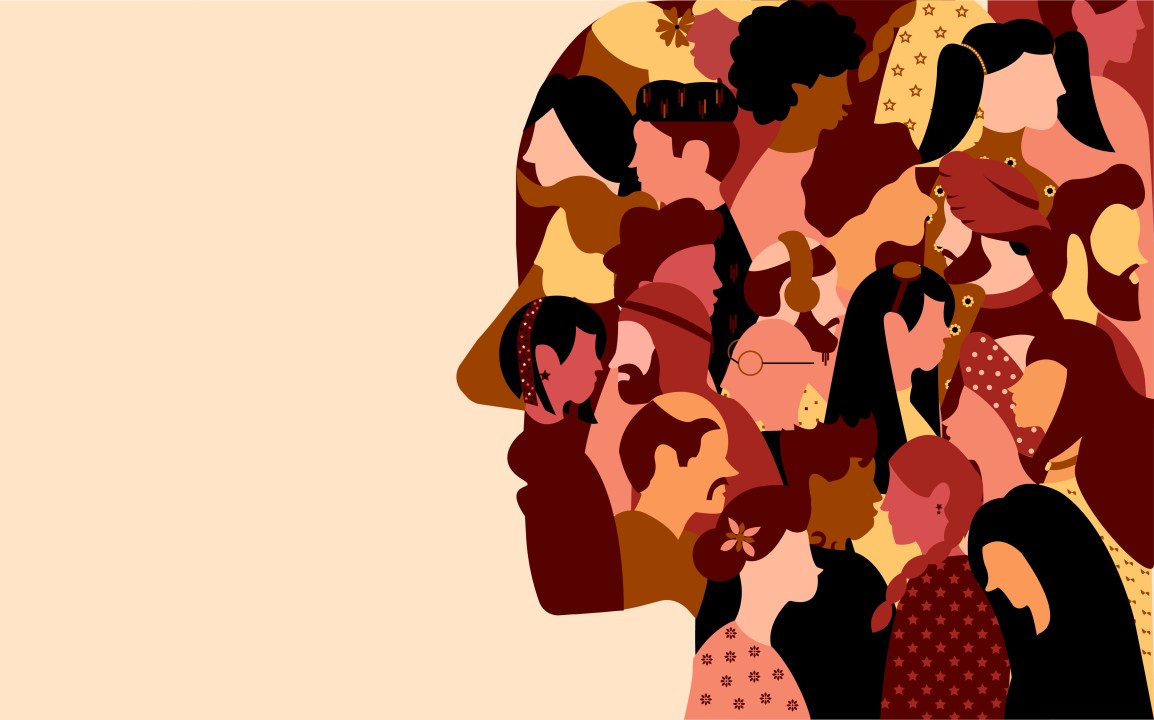Shining a Light: How Tech Creates Theatrical Atmospheres
The magic of theater begins with light, a critical element that shapes the mood, highlights action, and brings stories to life.
The Psychology of Light and Color
Color influences how audiences perceive scenes and characters, with lighting designers using color expertly to evoke emotions. Cool shades like blues and greens can cast an aura of mystery or melancholy, while warm hues like reds and yellows infuse a scene with energy and cheerfulness. Beyond color, the intensity of light creates mood. Dim lighting might wrap a scene in suspense, while brighter settings often convey openness and vitality. This understanding is vital for designers crafting visually captivating experiences that guide audience emotions and focus.
Modern Lighting Technology
The evolution of lighting technology has revolutionized modern stage design. No longer limited to spotlights, designers now employ LED fixtures for greater efficiency and superior color range. Dynamic systems featuring moving lights add layers of visual intrigue by altering focus, color, and shape with precision. Thanks to computerized consoles, lighting cues can seamlessly synchronize with action and music, immersing audiences in a unified sensory experience.
Directing the Audience's Gaze
Skilled manipulation of lighting helps focus audience attention and enhances storytelling. By strategically using spotlights and shadow, designers can direct viewers to vital moments and characters. This technique allows even subtle elements to be highlighted, enriching the narrative without distraction. Gobos—stencils that project textures and patterns—transform simple lighting into tools for visual storytelling, adding depth and detail that pull viewers deeper into the play's world.
Collaboration in Lighting Design
Lighting is a collaborative craft, involving close work with directors, set designers, and costume experts. This partnership ensures a coherent visual theme that complements the production’s artistic vision. Designers attend rehearsals, adjusting lighting based on movement, mood, and scene composition, crafting an immersive environment that transports the audience seamlessly into the narrative.
Sound Mastery: Engineering Acoustic Perfection on Stage
The science of sound is as fundamental to stage magic as visual elements, creating an auditory landscape that echoes the emotional journey on stage.
The Science of Sound Waves
Sound in a theater travels in waves, interacting with materials and shapes to create clarity or chaos. Designers must grasp these interactions to master sound propagation and manage reverberation. Theater walls reflect sound, while soft surfaces absorb it, requiring careful balance to maintain auditory clarity. Engineers craft auditory spaces using materials that either focus or diffuse sound, enhancing the purity and richness of the audio experience.
Microphone Technology and Placement
Microphones capture and amplify the nuances of performance, with selection and placement tailored to the production’s needs. Lavalier mics may be woven discreetly into costumes, ensuring precision without distraction, while strategic positioning ensures clarity and minimizes interference. Choice of microphone type is crucial, dictated by the environment and specific sound requirements of each performance to avoid feedback and maintain natural sound integrity.
Sound Reinforcement Systems
Comprehensive sound systems consist of mixing consoles, amplifiers, and speakers, meticulously arranged to distribute balanced sound across the venue. Mixing consoles provide control over sound dynamics, allowing engineers to adjust levels and enhance audio consistency. Speaker placement ensures even sound distribution, while subwoofers enrich the low frequencies, adding depth and vibrancy to the soundscape. This perfect blend of technology ensures every sound detail resonates with clarity.
Innovative Sets: Building Spectacular Visual Worlds
Set design is a captivating fusion of creativity and engineering, crafting immersive environments that draw audiences into the narrative.
The Rise of Digital Design Tools
Digital technologies are transforming set construction, enabling designers to create with precision and imagination. Augmented and virtual reality facilitate the visualization of sets, allowing experimentation with forms and perspectives. 3D projection mapping overlays digital spaces onto physical environments, creating vivid and dynamic settings. These advancements enable sets to evolve dynamically, enriching the storytelling experience with imaginative possibilities.
Material Science and Rapid Transformations
Material science plays a vital role in modern stagecraft, introducing innovative substances and construction methods for set design. Lightweight materials are favored for their versatility and strength, supporting elaborate constructions that are easily reconfigured. Modular elements allow swift scene changes, keeping narratives fluid and engaging. Robotics further revolutionize set movement, contributing to magical transformations in real time while considering environmental impacts through sustainable material choices.
Blending Physical and Virtual Realities
The merging of reality and digital arts is increasingly apparent on stage, where projection-based scenery and kinetic elements blend seamlessly with physical components. This synergy allows dynamic transformations inline with narrative demands, pushing creative boundaries and audience expectations. Advanced fabrication techniques, such as 3D printing and laser cutting, enable detailed architectural wonders that enhance storytelling.
The Fabric of Fantasy: Dressing the Stars in Cutting-Edge Costumes
Costume design is an artistic fusion of tradition and innovation, transforming performers into their roles with style and function.
Sustainable and Interactive Costumes
Eco-awareness in costume design benefits both aesthetics and sustainability. Designers experiment with recycled and bio-degradable materials, limiting environmental impact while resulting in unique creative expressions. Interactive costumes add another dimension, incorporating sensors and lights that reflect character emotions or narrative changes, integrating performance with technical ingenuity.
The Science of Fabric Manipulation
A fabric's properties—color, texture, flexibility—influence visual appeal and character depiction. Through advanced techniques like laser cutting and digital printing, designers manipulate textiles to craft garments that move and transform, enhancing storytelling depth. Innovations forge new pathways in visual and functional aspects of costuming, delivering garments with unexpected levels of sophistication and appeal.
Costume Design as Performance Art
Modern costume design increasingly embraces performance art, blending sartorial elegance with interactive engagement. Technologies enable garments to become dynamic elements in performances, shifting and responding in harmony with narrative cues. Historical research further enriches character depiction, with designers using authentic influences to embed deeper storytelling layers.
Safety First: Behind the Scenes of Secure Stage Design
Behind every play lies a meticulously planned commitment to safety, ensuring performers and crew operate within secure environments.
Structural Integrity and Load-Bearing
The backbone of stage safety is the fundamental structure. Engineers calculate load-capacity meticulously, selecting materials like steel for primary supports and incorporating regular checks for integrity. This ensures that the busiest scenes unfold without risk, safeguarding both performers and audiences from structural failures.
Rigging Systems and Fall Protection
High above stage floors, rigging systems elevate scenery and performers, systems designed with multiple redundancies to avert accidents. Thorough training for operators and robust fall protection systems shield performers, safeguarding moments of shared wonder against unseen mishaps.
Fire Safety and Prevention
Vigilance against fire is paramount, with fire-retardant treatments for all stage materials. Swift emergency response capacity is enhanced through sprinklers, extinguishers, and routine safety audits. Introductions of pyrotechnics are regulated by carefully planned safety protocols, ensuring dazzling displays are safe for all involved.
Emergency Procedures and Training
Preparedness amplifies safety, with rehearsed emergency procedures providing clear directions in crises. Comprehensive training ensures team confidence, with simulations priming personnel for coordinated responses, upholding safety as a cornerstone of stage production craft.
Question and Answer
-
What role does lighting physics play in stage production?
Lighting physics is crucial in stage production as it involves understanding how light interacts with different materials and spaces to create the desired visual effects. By applying principles such as reflection, refraction, and diffraction, lighting designers can manipulate light to enhance the mood and focus the audience's attention. For instance, the use of different colored gels and LED technology allows for precise control over the color temperature and intensity, creating dynamic and emotionally resonant atmospheres on stage.
-
How does acoustics science enhance the auditory experience in a theater?
Acoustics science is fundamental in ensuring that sound is evenly distributed throughout a theater, providing clarity and balance. By understanding how sound waves behave—how they are absorbed, reflected, or diffused by various surfaces—acoustic engineers can design spaces that enhance sound quality. The use of strategically placed sound panels and materials that absorb excess reverberation helps maintain speech intelligibility and musical clarity, allowing every audience member to experience the performance fully.
-
What are the scientific considerations in set construction for stage productions?
Set construction involves various scientific considerations, including material science and structural engineering. Designers must choose materials that are lightweight yet durable, ensuring the sets are safe and easy to move. Advances in material science have introduced innovative materials that are both sustainable and versatile, such as modular components that allow for quick scene changes. Structural engineering principles ensure that the set can support actors and equipment safely, taking into account load-bearing and stability requirements.








